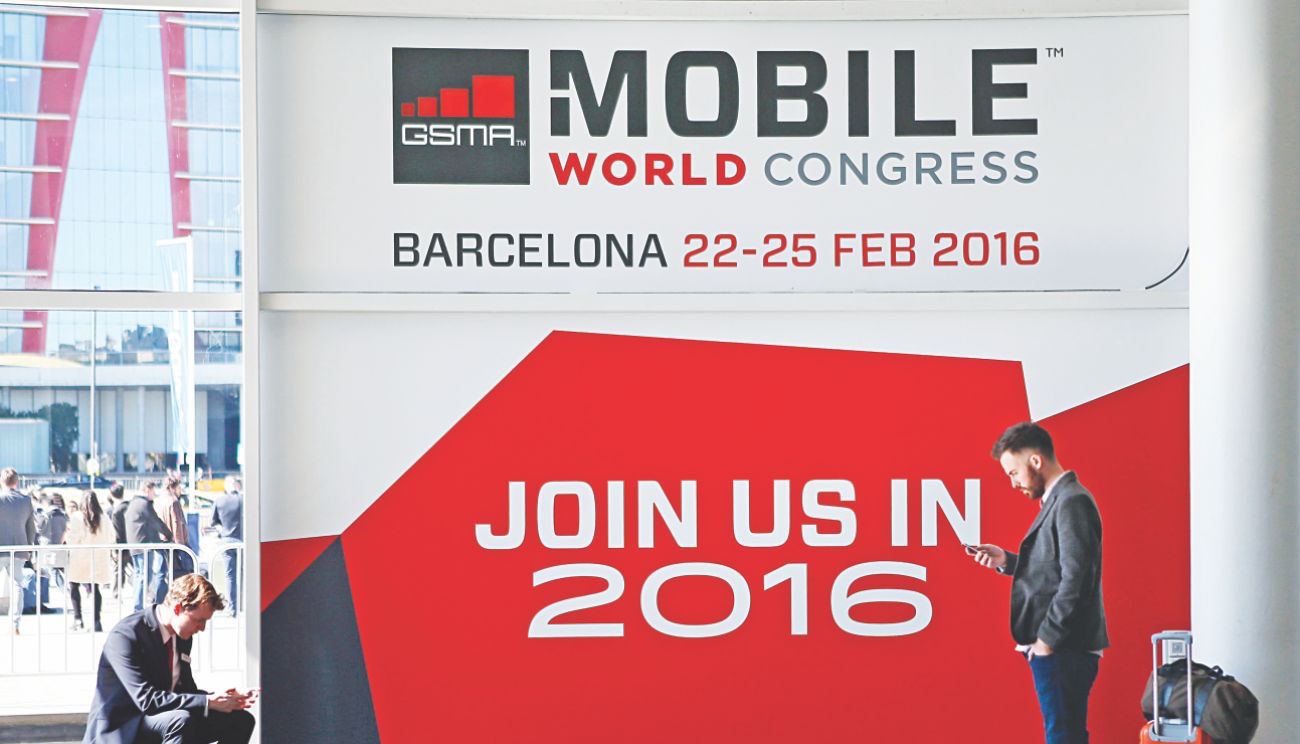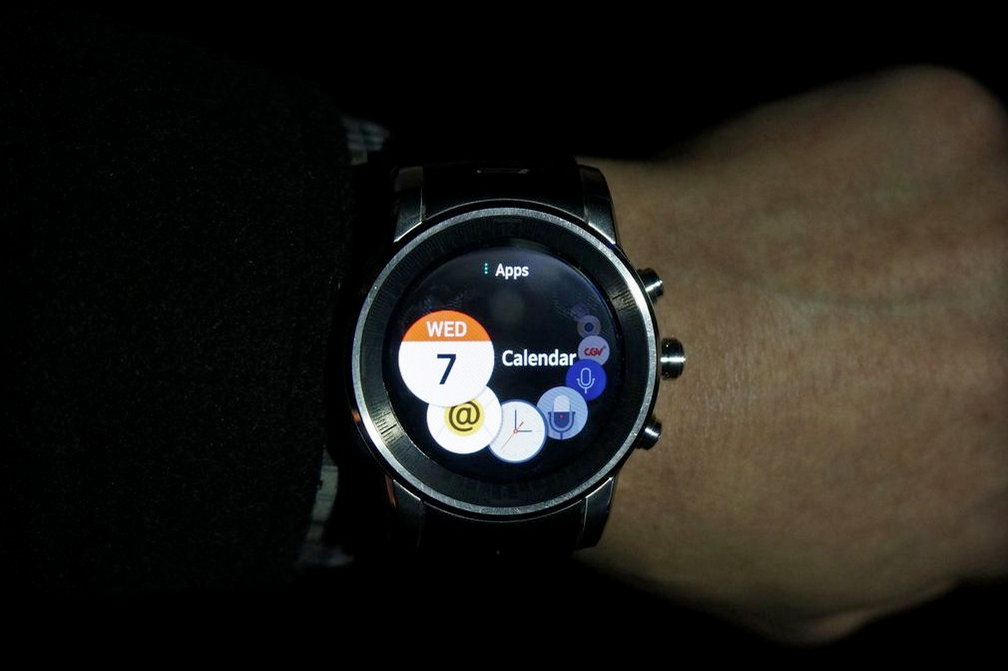What Happened
On the first day of the 2016 Mobile World Congress in Barcelona, several brands eagerly shared news about their latest development in virtual reality.
The HTC Vive, which made its big debut at MWC last year, returns with an official $799 price tag,a preorder date of February 29th, and an early April ship date. HTC also announced that its Vive headset will integrate some phone functions on both iOS and Android to allow users to answer calls, check text messages, and view calendar reminders without removing the headset. Similarly, LG is also making its entry into the burgeoning VR market with a pair of new products: the lightweight and compact LG 360 VR headset and the LG 360 CAM for capturing spherical photos and video. LG partnered with Google for easy sharing of videos to YouTube 360 and photos can even be uploaded right to Google Street View.
Samsung also returned to Barcelona with an aggressive push for its Gear VR headsets. The company made the consumer version of Gear VR available for $99.99 in November last year, and now it is giving out the VR headset for free with the purchase of its new Galaxy 7 phone for a limited time period. Samsung also brought in Mark Zuckerberg for its press event to talk up Facebook’s partnership with Samsung to support 360-degree videos on Facebook and working to make the VR experience more social. Moreover, Samsung also unveiled the Gear 360 camera that is just smaller than a baseball and aims to make shooting and sharing 360-degree photos and videos easier.
What Brands Need To Do
In line with what we saw at CES earlier this year, the news from MWC shows that virtual reality is quickly gaining momentum as a nascent medium, as more and more companies start developing affordable, consumer-facing VR headsets, as well as the tools for capturing, creating, and sharing 360-degree content. While virtual reality technologies may still be a few years away from mass adoption, as we predicted in the 2020 section in our Outlook 2016, companies like Samsung and Facebook are laying the groundwork for that to happen. For brands, this means that it is time to start exploring what VR technologies have to offer and consider developing branded VR content to excite and engage consumers with immersive experiences.
Header image courtesy of mluxurystyle.com


 Imagine a world where any screen you come into contact with has the capability to play multiple streams of content that are contextually relevant to you, to your gender, location and purchase habits. Imagine that this content could take the form of video with additional layers of text, graphics or audio. Then picture a powerful 4G network, with 80 megabits of data being delivered with HD quality video and 3D enhancements. Data would be fed back and forth to respond to interactions and navigation would be more primal, responding to touch and movement. Marketers would have a field day with targeting content based on demographics right down to the individual. And imagine if the foundation of this world was presented to you at a yearly consumer electronics trade show…
Imagine a world where any screen you come into contact with has the capability to play multiple streams of content that are contextually relevant to you, to your gender, location and purchase habits. Imagine that this content could take the form of video with additional layers of text, graphics or audio. Then picture a powerful 4G network, with 80 megabits of data being delivered with HD quality video and 3D enhancements. Data would be fed back and forth to respond to interactions and navigation would be more primal, responding to touch and movement. Marketers would have a field day with targeting content based on demographics right down to the individual. And imagine if the foundation of this world was presented to you at a yearly consumer electronics trade show…